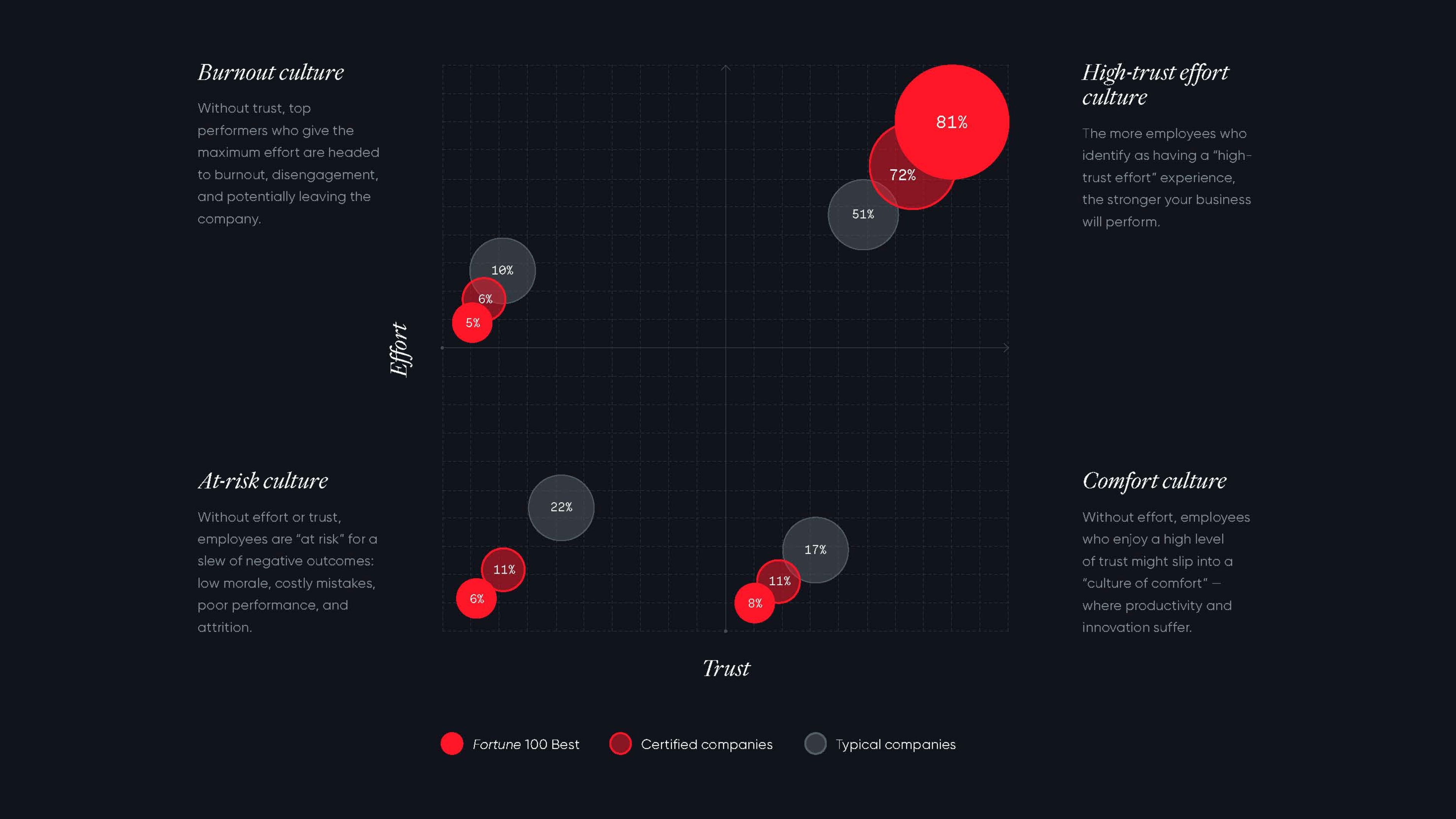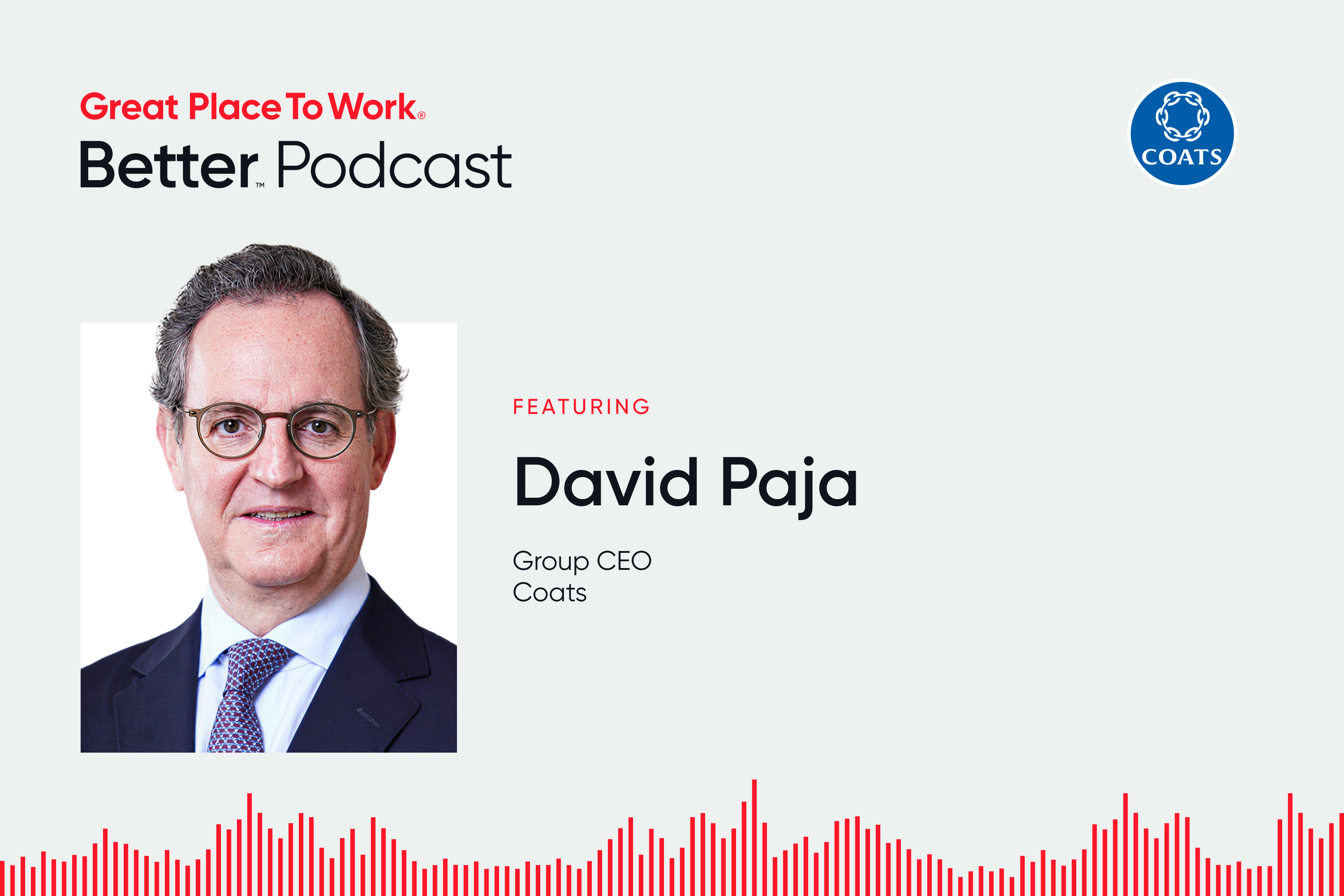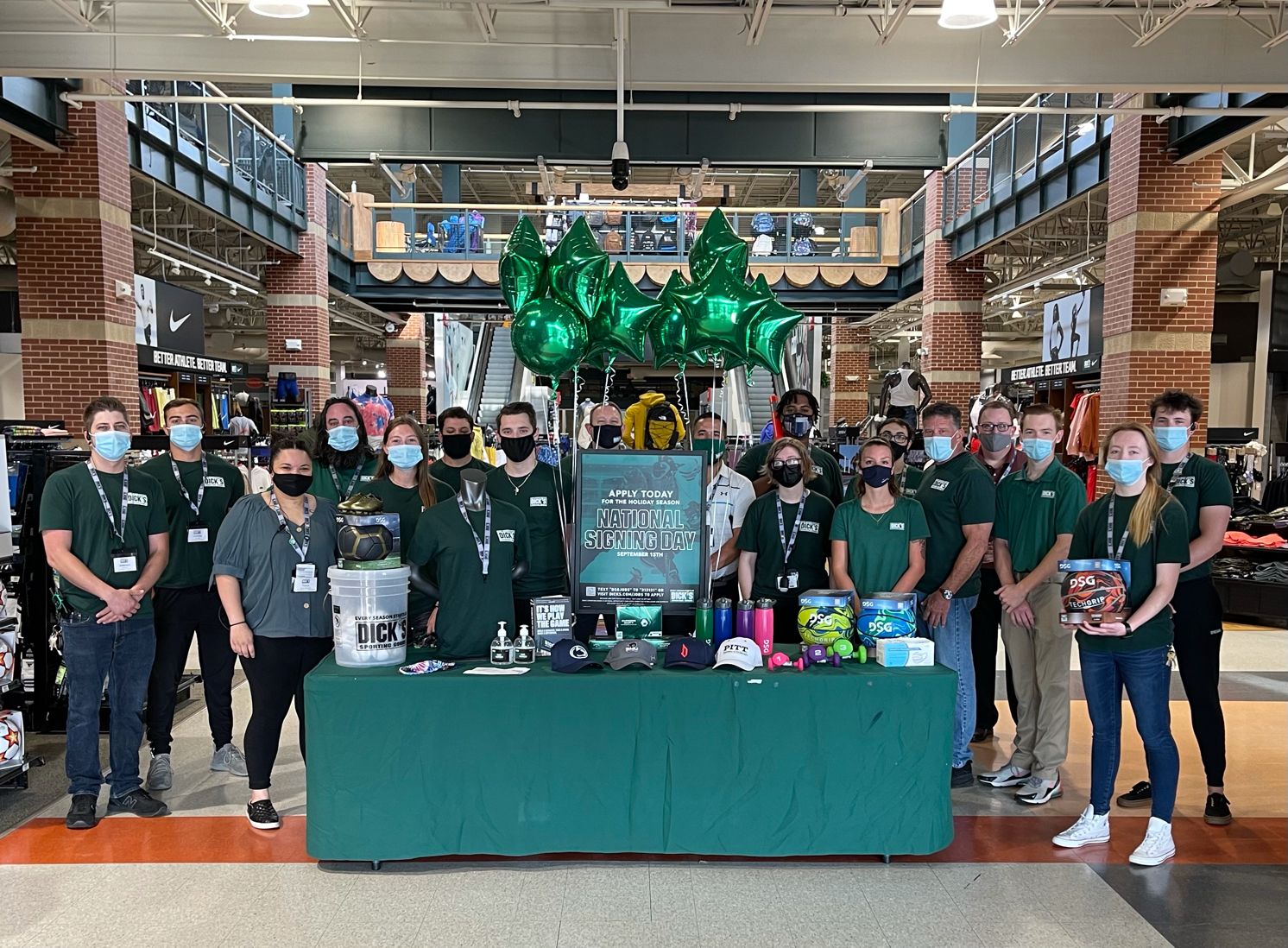Belonging, Employee Engagement
Here’s how a slowing job market is affecting the employee experience within your organization.
The heyday of the Great Resignation is over. Everywhere you look, the data shows employees are less likely to quit their jobs.
The new term of art for employees’ state of mind? “Job hugging.”
Korn Ferry defines job hugging as employees “holding onto their jobs for dear life.” And that kind of talent stagnation can be a big problem for employers. “Firms run the risk of becoming comfortable perches from which workers can jump when the time’s right,” says
Bank of America found that job hoppers can no longer expect a big pay bump when changing jobs.
Glassdoor found that 65% of employees reported feeling “stuck” in their current positions. If you remove the healthcare sector, U.S. employment has steadily declined, and new data suggests that young pros are struggling to find jobs after college.
You can be forgiven for rolling your eyes at the term “job hugging,” but the impact on your employees can’t be ignored.
“When people are spinning their wheels and they don’t see an out, that’s when you start to see disengagement happen,” says Tara Ceranic Salinas, Ph.D., professor and chair of the management department at the University of San Diego’s Knauss School of Business.
The cost of disengagement
Even if voluntary turnover is declining, disengagement can be a substantial financial burden for employers. Gallup found that disengaged employees cost their employers $8.8 trillion annually.
Engagement is the tip of the iceberg. Engaged employees might be burnt out, part of the loneliness epidemic, or otherwise struggling with their well-being. Unsustainable engagement won’t have the long-term impact employers need to drive innovation and growth in the years ahead.
The solution is to balance performance and trust. Employees in a high-trust, high-effort culture deliver sustained performance with higher rates of agility, innovation, and productivity. If either trust or effort is lacking, employees won’t fulfill their full potential.
That’s why companies like the Fortune 100 Best Companies to Work For® see 8.5 times higher revenue per employee than the U.S. market. Eight in 10 employees (81%) at companies on the list report both high levels of trust and personal effort on the job. For a typical U.S. company, only half of its workforce says the same.

See how you can create a high-performance culture by leveraging the Great Place To Work® Effect.
Insulating your workforce
How can employers ensure that the malaise of the general labor market doesn’t seep into their organization?
Salinas offers some ideas:
1. Invest in development programs
“When people feel like they’re stagnating, that’s when they get super frustrated,” Salinas says. Offering the opportunity to pursue a new certification or develop new skills can be a low-cost way to insulate employees from concern about the broader economy.
“It doesn’t have to be an $80,000 investment,” Salinas says.
2. Maximize flexibility
“This is another one of those places where you could buy back a whole heck of a lot of goodwill by giving employees a little bit of their autonomy back,” Salinas says. And, again, the cost to the organization might be fairly low.
“With good managers and thoughtful leadership in place, people can work hybridly,” Salinas says. “We know that it works.”
3. Embrace transparent communication
When facing tough times, leaders can build trust with authenticity. Pretending that everything is fine and projecting confidence might undermine that trust when employees are facing real challenges in the workplace and beyond.
“One thing that can be really helpful that managers and leaders will sometimes shy away from is just being upfront about your own issues,” Salinas says.
What does that look like? “Hey, things are hard right now. Here’s what we’re trying to do to make it better. Here’s what our organization is doing. Here’s what we’re going to focus on.”
That doesn’t mean you should overshare. The best leaders are strategic in what they communicate to ensure that employees feel heard and seen.
4. Keep listening to employees
“This is one of those times where literally just asking employees what they want goes so far,” Salinas says.
An example could be flexible work options like a hybrid work schedule. Salinas recommends creating a menu of options and letting employees help create the workplace culture that will help them in a difficult time.
Subscribe
Join our community with the Culture Edge Newsletter on LinkedIn. Subscribe here.
Turn culture insights into business wins
Let the Trust Index™ Survey reveal your workplace’s hidden strengths and areas for growth. Start transforming today.











